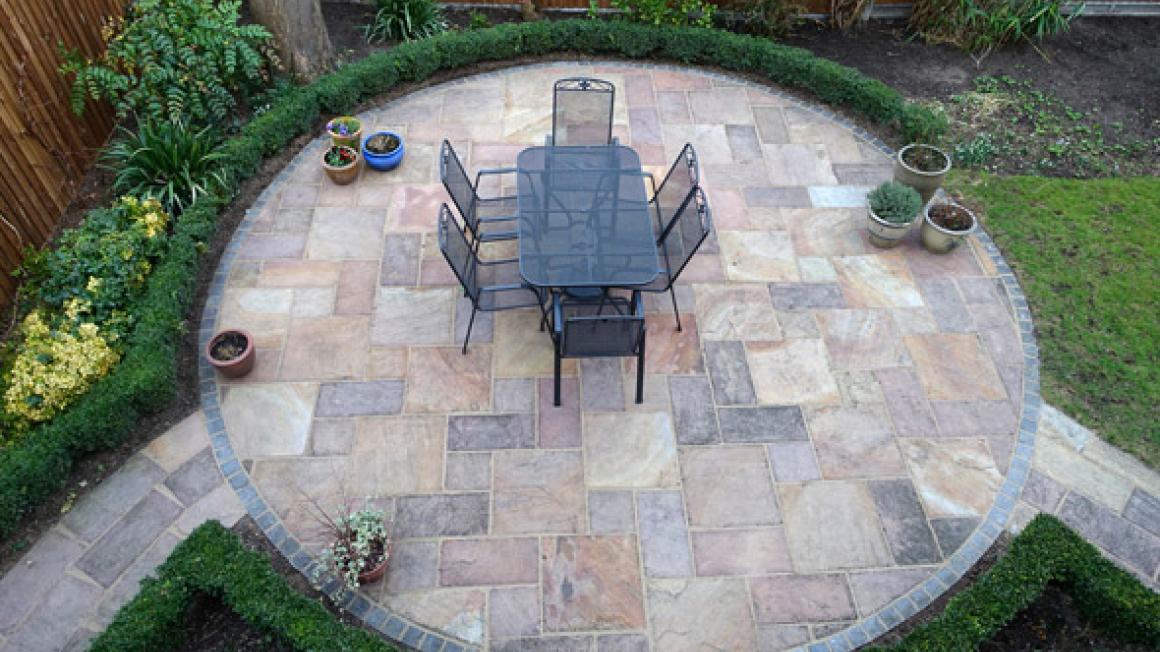Patio perfection
But, before you get carried away purchasing intricate patterned patio tiles, there are some steps to put in place to ensure a functional and safe space.
1. Consider the what, why, who questions
Before you start looking at materials, quotes from tradesmen or design ideas, you need to consider what the patio will be used for. Will you regularly be moving furniture around, will the space have different purposes? A retired couple will use their patio differently to a family of five and that will impact how regularly the space is used, what it will be used for and who is going to spend the most time there. What do you want the space to add to your garden?
Patios can be made from a range of materials, so understanding the differences between natural stone, concrete or porcelain will be key to making sure your patio delivers what you need from it. These materials will require different upkeep too - how will that impact on your lifestyle?
2. Think about your surroundings
Trends come and go, but your outdoor space is an extension of your home. If you're living in a 1930s style semi, then a modern Italian porcelain might not look quite right. Think about the space surrounding your proposed patio and the style of your surroundings. How will you access the area - for example, you may want to consider your interior decor if you are stepping straight out to the patio from a kitchen or lounge. If you go for something slightly 'out there' or trends focussed it could impact the value of your home; if you're planning to stay there forever then that's not a problem, but if you're looking to move home, think about the resale value and the investment in a personalised design.
3. What's the prime position?
Once you know what your space will be used for, and by who, you'll want to think about where it is in relation to your home. Will the area be private, providing a hidden space from nosy neighbours, or are you likely to want them to join you there? Where does the sun rise and set? Measure the light and how it changes through the day - if you build a patio that loses sunlight by mid-afternoon, you're likely going to need to think about alternative sources of heat and light. Knowing these details before you commit is key.
4. Budget barriers
It's important to try and set a budget that's achievable. Your considerations around who will be using the space and what for will help feed into setting a manageable budget. Who will be carrying out the work for you? What other decoration might your patio need - furniture and plants can be lovely additions but if they're not accounted for from the outset you can end up digging deeper into your pockets than you'd planned.
5. Love your logistics
Take advice on drainage and access. Travis Perkins branch managers are experts and will be able to help you, as will any professional landscaper, but understanding the impact of rainwater and how it will drain away should be considerations you make. Navigating existing drainage systems or access points can be problematic, so making sure you plan everything out properly will avoid a headache later down the line.



